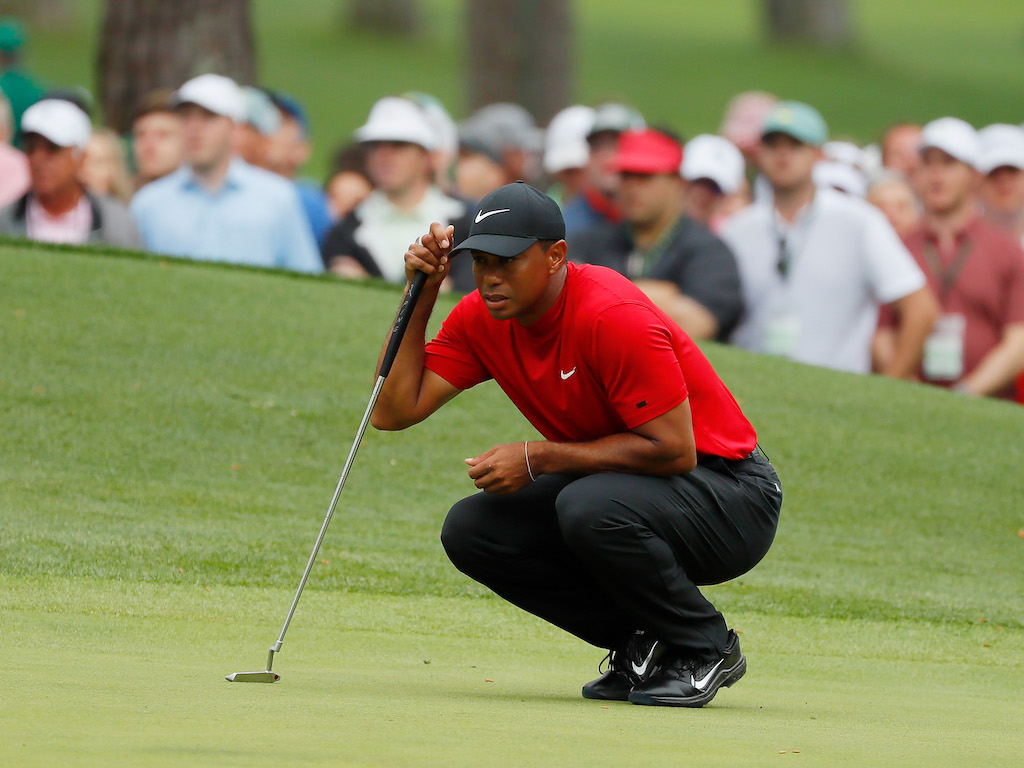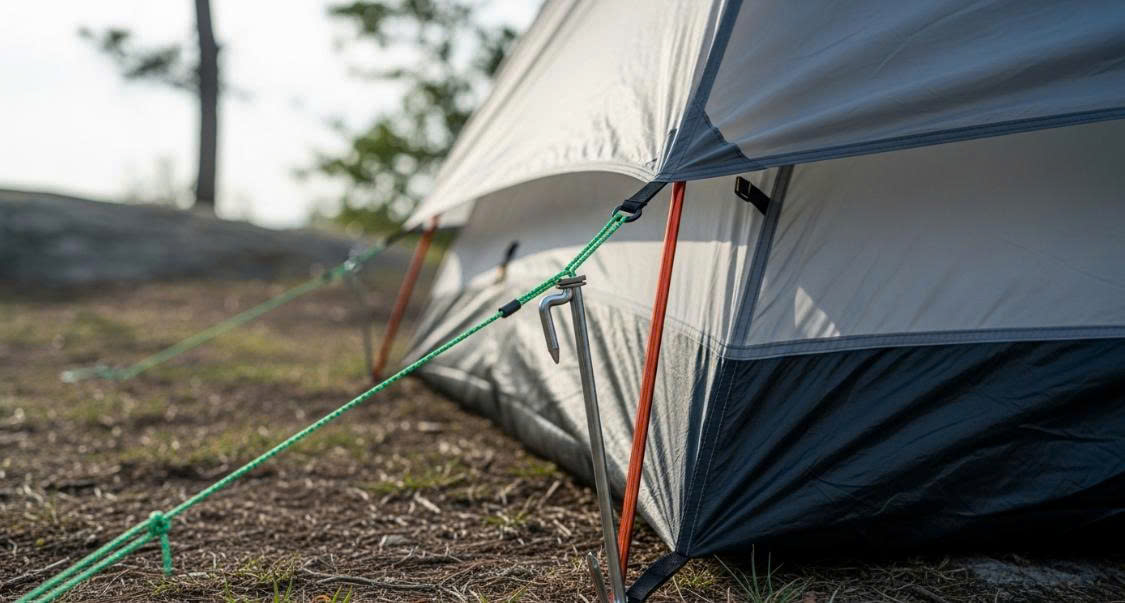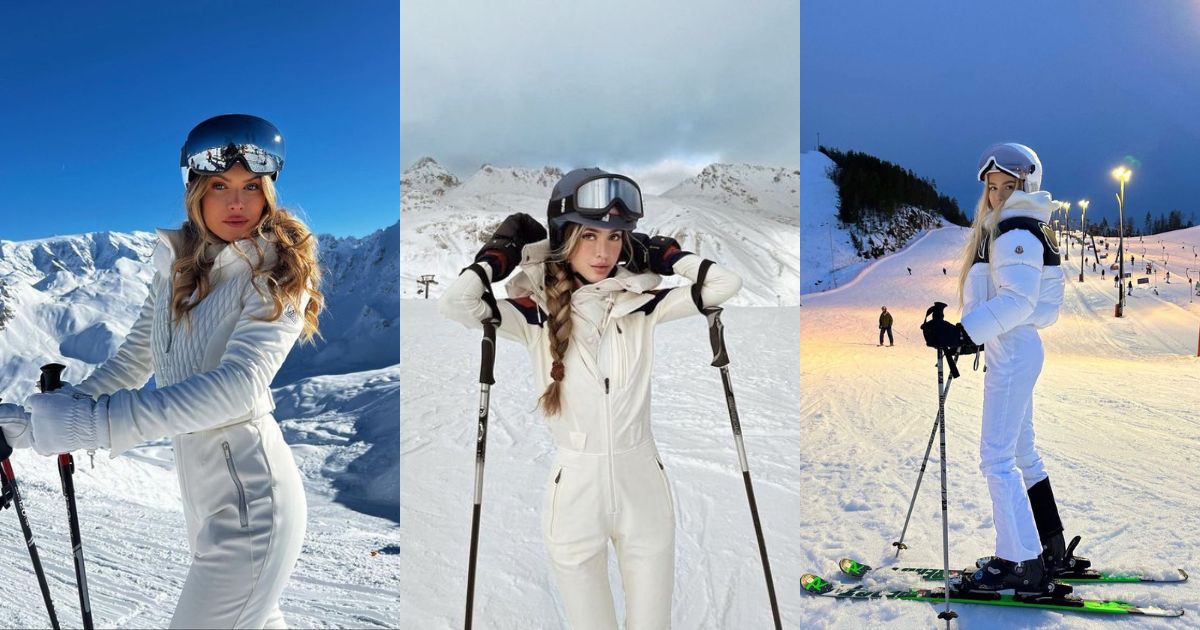As an avid golfer, I know how crucial it is to have a solid short game in order to score well. You can hit gorgeous approaches all day, but if the putter isn't behaving, those birdies will remain elusive.
One of the keys I've focused on improving significantly is reading greens. Too often in the past I've misjudged a putt's break, resulting in made bogeys that could have been saved. After consulting with renowned putting Sensei Ralph Bauer, I've learned an insightful technique that has added accuracy to my reads.
Bauer expounded that the best position for analyzing slope is directly uphill halfway between ball and cup. "Visualize a triangle with the three points being the ball, hole, and your eyes," he illustrated. "Any other angle can distort the true speed and line by over 25%." Through rigorous testing of amateurs and pros, Bauer found fully 90% read putts most precisely from this midpoint stance.
Where's the best place to read a putt from?
— Golf Science Lab (@golfsciencelab) September 16, 2024
@cdngolfcoach has the answer pic.twitter.com/JoWWE9oRuo
Having applied this advice, I can attest that misses due to misreading are becoming less frequent. When implementing these types of specialized insights from the game's authorities, we can all shave some valuable strokes off our scores.
Read more: Rory McIlroy Debuts New Training Aids at BMW PGA Championship
I've spent countless hours on the practice green striving to strengthen my green-reading abilities. It's an aspect of the game that requires substantial time investment to truly excel.
Even for seasoned players, the best method remains a personal decision. Some prefer examining slopes primarily with their eyes while walking around the entire circumference, whereas others rely more on their feet. According to putting guru Ralph Bauer however, science has revealed one position as superior above all others.
In tests with over 100 golfers, the accomplished putting sensei discovered 90% read putts most accurately when viewing uphill halfway between ball and cup. "Think of a triangle; I’m looking uphill halfway between the ball and the hole," Bauer illustrated. "If I went to the other side, it would appear on average 25 percent flatter."
Bauer further warns that spinning 360 degrees frequently causes more confusion as slope appearance changes drastically to the eyes. "Do you want to go and do a complete 360 and see different perceptions of the slope and get confused?" he informed. "If I’m looking uphill, that’s going to be the best perspective I have to judge the slope."
Adopting Bauer's guidance has noticeably helped calibrate my reads on the practice green. And in turn, those extra balls holed are paying dividends to my scores. I highly recommend fellow players experiment with this insightful technique to evolve their green-reading to an elite level.
Find more Golf Brands you would like:
|
|






.jpg)
.jpg)







